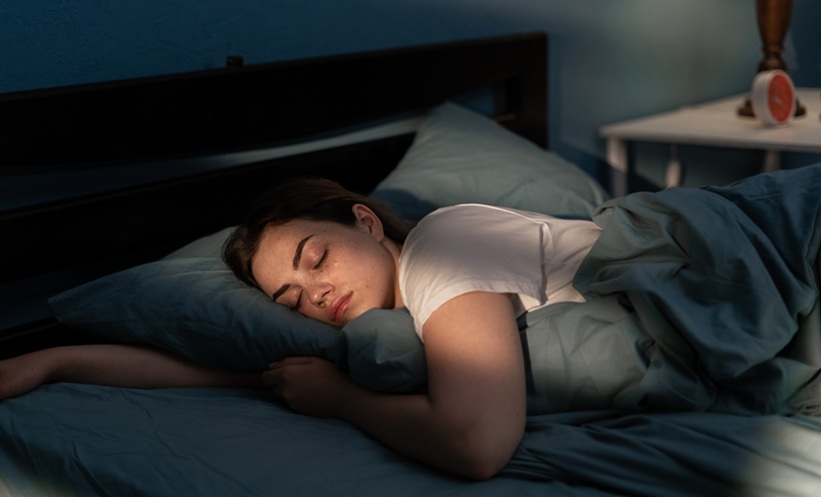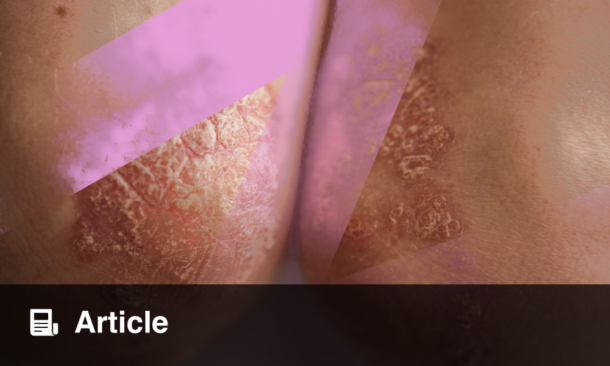PRURITUS is the hallmark symptom of atopic dermatitis (AD), with scratching as the natural reflex. The itch-scratch cycle describes the interplay between itching and scratching, where scratching exacerbates skin inflammation. Additionally, itch and scratch disrupt sleep, leading to significant morbidity.
Currently, objective methods for quantifying itch are limited. The gold-standard method of direct observation via video recording is impractical for real-world use. Other monitoring tools, such as wrist-mounted actigraphy devices, have lower sensitivity in detecting finger-dominant scratching. More recently, the ADAM sensor (Sibel Health), a flexible wearable device mounted on the dorsal hand, has demonstrated high sensitivity and specificity in detecting nocturnal scratching in both adult and paediatric patients with AD. This is achieved using an artificial intelligence–driven scratch algorithm that leverages acoustic and motion signals to classify scratching only when the hand impacts the skin.
While numerous pharmacological treatments for AD exist, there is a scarcity of effective nonpharmacological interventions. In particular, there is a need for nonsystemic solutions for patients with mild skin involvement but significant itch and scratching. The integration of haptic feedback into the ADAM sensor offers a novel approach by alerting patients to subconscious nocturnal scratching. With a 24-hour battery life and embedded haptic feedback, this wearable sensor serves as a real-time intervention tool.
Prior studies have utilised haptic feedback to reduce sleep disturbances in individuals experiencing nightmares due to post-traumatic stress disorder. Similarly, in patients with mild AD reporting moderate to severe scratching, the introduction of a haptic motor in the ADAM sensor was tested for its effectiveness in reducing nocturnal scratching. This closed-loop wearable system combines advancements in soft electronics, artificial intelligence, and edge computing to quantify scratch and sleep metrics accurately.
Findings from the study revealed that using the device significantly decreased both total and hourly scratch duration at night, as well as the total and hourly number of scratch events. This technology represents a promising innovation in the nonpharmacologic management of AD-related itch, providing patients with an effective tool to break the itch-scratch cycle and improve sleep quality.
Reference
Yang AF et al. Artificial intelligence-enabled wearable devices and nocturnal scratching in mild atopic dermatitis. JAMA Dermatol. 2025;DOI:10.1001/jamadermatol.2024.5697.








